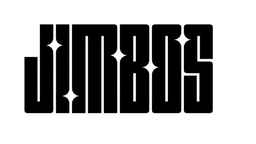Rinseless Wash vs Traditional Hose & Bucket – What’s Better and When to Use Each
Don’t have access to a hose or want a safer winter wash option? Here’s how rinseless washing stacks up against the traditional method.
What Is a Rinseless Wash?
A rinseless wash uses a special soap concentrate diluted into a few gallons of water. You soak a microfiber towel in the bucket, wash one panel at a time, then dry it immediately—no rinsing required.
Pros of Rinseless Washing
- Perfect for apartments, condos, and mobile setups
- Uses very little water (1–2 gallons total)
- Fast and efficient once you learn the method
- Great in cold weather or drought areas
Cons of Rinseless Washing
- Not ideal for heavily soiled vehicles
- Relies heavily on towel technique
- Requires multiple clean microfiber towels per wash
Pros of Traditional Hose & Bucket Washing
- Best for very dirty cars or salt-covered winter vehicles
- Allows for pre-foam and pressure rinsing
- Great for larger vehicles or full-detail wash sessions
When to Use Each Method
| Scenario | Best Method |
|---|---|
| Apartment/No Hose Access | Rinseless |
| Heavy Dirt or Mud | Traditional |
| Winter Washing | Rinseless (in garage) |
| Quick Maintenance Wash | Rinseless |
| Full Weekend Detail | Traditional |
What Products Work With Both?
The Super Soaper can be used as a foam pre-soak in traditional washing, and also works as a boosted rinseless wash when diluted appropriately. It provides great lubrication either way.
Final Thoughts
You don’t have to pick just one method—rinseless and traditional washing both have a place in your detailing routine. Use rinseless when time, water, or access is limited. Use traditional when the job demands max dirt removal and pre-rinse power.



